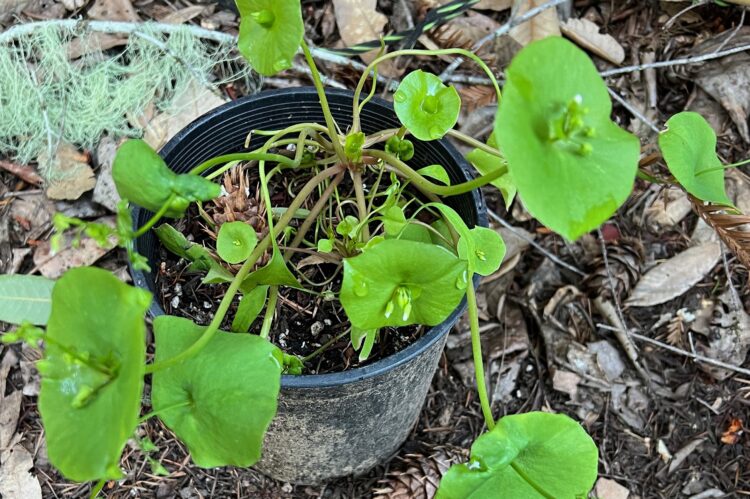Eriophyllum ambiguum
Beautiful Woollysunflower
"More than YOU want to know?
Eriophyllum ambiguum
Beautiful Woollysunflower
Hypericum perforatum
AKA common St. Johnswort or Klamath Weed
While this is considered an invasive weed it is also commonly valued as a medicinal plant.
It is the most commonly encountered one here at home (in Mendocino County, California).
A few more looks at those:
Check out those paired claws and the cool flexible adhesive pads on their feet! They sure can move fast.
The next images are after it died (using transmitted light for illumination).
Those sharp, and weirdly beautiful, blades are on the end of organs called “digits”. They are akin to the fang parts of a spider, and similarly are referred to as the chelicerae. Whereas those of a spider bear a piercing & injection tip, the tick uses these for carving away bits of flesh and excavating a pit in the animal that they bite with those crazy-looking cutting implements. Those rounded palps are used to help with the excavation process.
That tube in the center is called the hypostome and it is used to feed on the blood produced by the injury it creates.
Notice how the tube of the hypostome is barbed to help the tick maintain a hold while it is feeding. An adhesive secreted by the tick also helps it to get a secure purchase. This barbed tube is the part of the head that tends to break off inside of the flesh during the act of removal.
More images of that same dead tick (using reflected light for illumination)
Closer viewing of the hypostome:
Ixodes pacificus can transmit a variety of illnesses but the two big problem sorts that live here are the spirochetes known as Borrelia, which includes lyme disease (Borrelia burgdorferi), and a piroplasm called Babesia. Babesia duncani is endemic here but the potential human health impact of other Babesia species is only beginning to be appreciated. Bartonella, Ehrlichia and others can also join the fun.
Babesia can be seen dividing inside of a human red blood cell below (1000x using Wright’s stain to visualize).
This is probably B. duncani but it did not test positive in any of the Igenex tests that were performed.
I did the blood smear below for myself AFTER being diagnosed with Babesia duncani based entirely on symptomology.
This is from a few months ago:
More images; if you really want to see more.
The cayenne tick has a wide-spread distribution in warmer climates and is claimed to be among the world’s most important ticks in terms of being a human disease vector. These images were provided thanks to this species being encountered while doing field work in South Texas.
More images of those two beauties.
Notice how long their mouth parts are? This is part of why the bite from these ticks really hurts when compared to some other tick species.
My first encounter with this species was actually not noticed until after returning home when I found five nymphs I had missed. Two were destroyed during removal.
These can carry a BUNCH of serious problems including tularemia, rocky mountain spotted fever and assorted rickettsias. I was really lucky. Those five only gave me Ehrlichia which a simple round of antibiotics cleared up promptly.

Claytonia perfoliata subsp. perfoliata
Miner’s lettuce
Rarely does this plant look so well developed in nature here. These were growing pampered in garden soil with watering AND protected from deer. Many people seem to consider these a weed (this spring some of our visitors were visibly horrified to see them being treated as a food crop) but when young we love them as part of our diet. Their young leaves are superior to baby spinach in both taste and texture. As they get older the oxalic acid content gets too high to want to eat them.
This is what they typically look like here. Around which time the deer find them.
